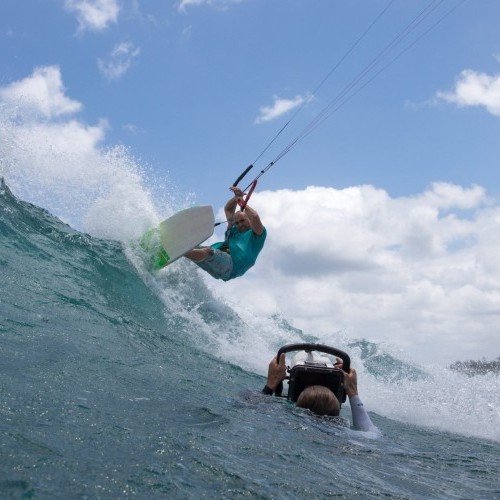
Naish Interview – The Almighty Control Bar – Damien Girardin
Features / Sun 17th Jun, 2018 @ 11:15 pm
Industry Insight: Control Bars in Issue 69 of IKSURFMAG looks at the almighty control bar. Possibly the most overlooked and underrated bit of equipment in your quiver, the control bar is the connection between rider and kite. To find out more about this crucial piece of equipment, we reached out to the most knowledgeable designers on the planet, including Damien Girardin from Naish. Here’s the full interview!
What do you consider the most important feature on your bar?
To me, the most important feature on a control system is that it is safe. The release must work in any situation, and it must be intuitive.
Above the bar or below the bar? 4-lines, 5-lines, or 6-lines? Why?
Above the bar was the first idea that came to our mind when we tried to trim our control systems back in 2001, when the first 4 line kites appeared. So, this is the system that the most people are used to. Personally, I always wanted a cleaner system with less weight on my lines above the bar, so we designed the below the bar trim which removes all that weight. It also allows more trim line length because you don’t waste the space where the trim is. In the end, you also need to trim your trim line less often as you can just play with the travel of your bar more.
If your kite is 4 lines, you need a 4 line control system. 5-line bars were designed back in 2003-2004 before we had functioning bridle kites. It was a great way to instantly kill the power of a kite in case of emergency and was also a great help to relaunch C kites — before the 5th line, you had to swim as fast possible towards your kite to try to rotate in on the water and then relaunch it. 6-line… well, if you want to complicate things add a 6th line ☺
How do you find a balance between features & simplicity?
I try to make all features as simple as possible!
What will be the next big breakthrough in bar technology?
Can’t tell yet! ☺
Does it matter where the split in the front lines occurs?
The way your kite flies and feels depends on every single detail that’s in its design and logically, yes, the position of your front line split affects the flying characteristics a lot. A higher Y split tends to provide more bar pressure, but it really all depends on your kite design, so there is no general rule.
Adjustable bar length: here to stay or passing fad?
I don’t see why it should pass. This is a great feature that I think most people don’t realize. When you ride a bigger kite, a bigger bar for sure feels better.
How do you take care of smaller riders when designing your bar?
Smaller riders definitely need a shorter chicken loop and they clearly need a trimmer that is as close to them as possible. This is why at Naish we recommend a our below the bar trim for shorter riders so the trim is always accessible for them. They also need the trim line to be shorter, this is why we have a stopper on our trim lines that can be adjusted to the desired height. Smaller riders also tend to ride smaller kites, so a shorter bar can be a good idea, too.
We’ve come a long way, or long way to go — can you explain briefly what we started with in terms of bar design, and where we’re going next?
Back in the late 90’s, we started with a tube, on which we were screwing a fairlead for the trim line to go through. We had no quick release. Later on, we had “garage made” quick releases, made out of plastic tubes, bent wire and plastic balls. Bar ends/winders were little pieces of metal with a ball on top. It was pretty “rock n roll” and every session you were hoping that everything was going be fine. Now we are molding every part, we have releases that are passing norms and extremely drastic QC. The future will for sure be about streamlining and reducing the weight of our design to the max while keeping bars functional.
What’s the most challenging part of designing a bar?
Really, every part matters. It’s hard to pinpoint one feature that would be more challenging, from the flying line we use to the quality control we are setting to the inner design of our release– everything is scrutinized and goes through the same thorough design process.
To find out more, visit naishkites.com.
Sun 17th Jun, 2018 @ 11:15 pm
By Lindsay McClure
Lindsay is a pro rider from Hood River in the USA, she works for IKSURFMAG as our Features Editor and is an integral part of the team. Lindsay is really into wakestyle riding and can be found in the Hood River Slider Park during the summer months, she also travels all over the world with the World Class Academy helping younger riders develop through kiteboarding!


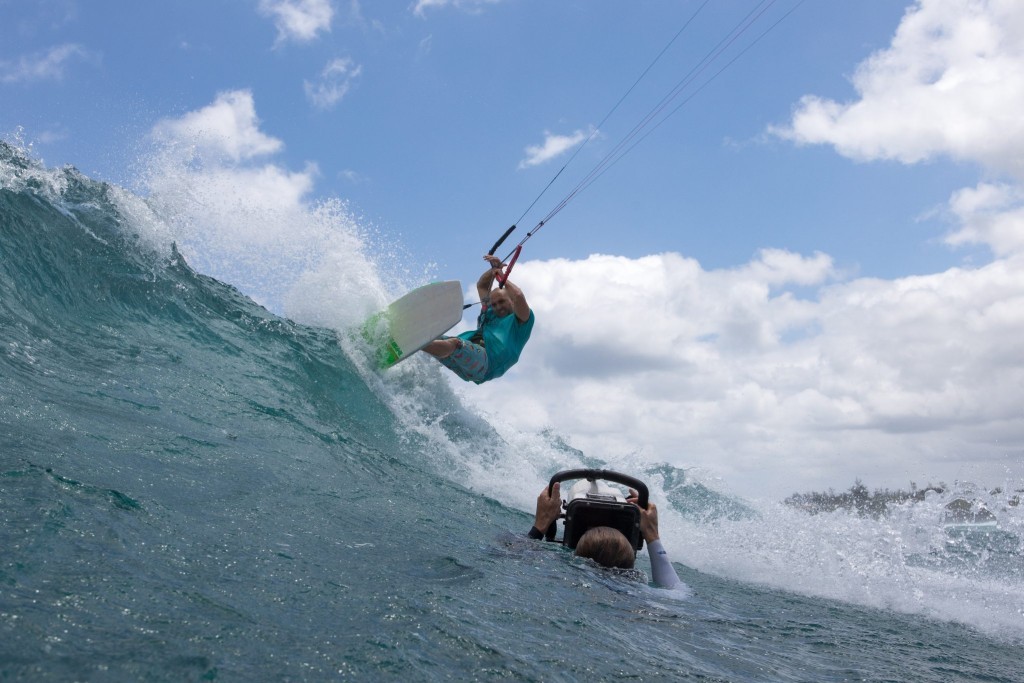
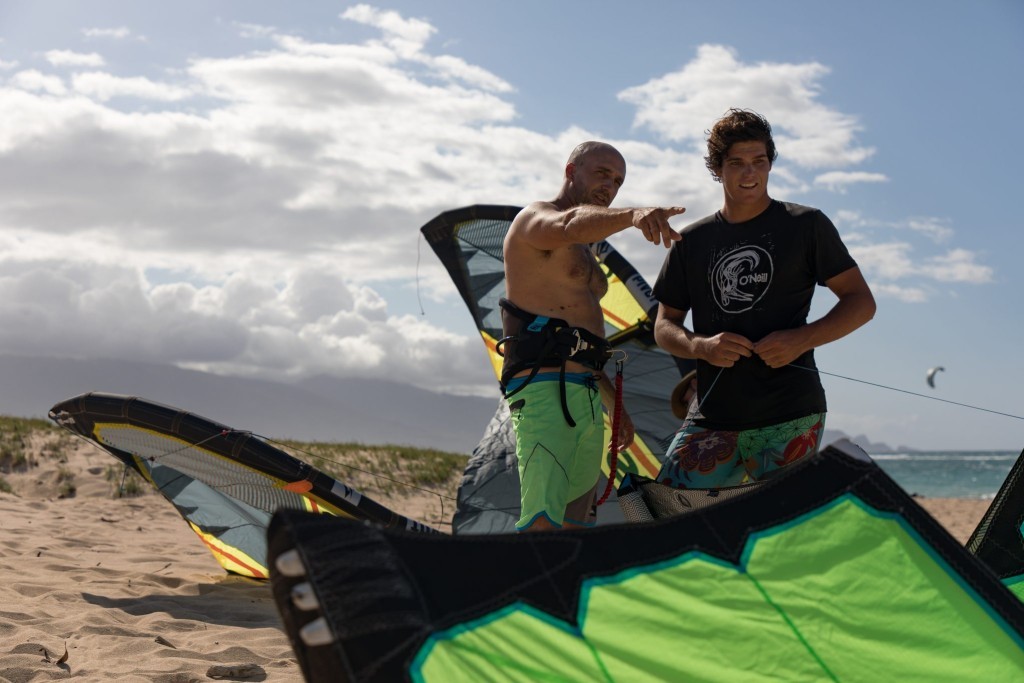
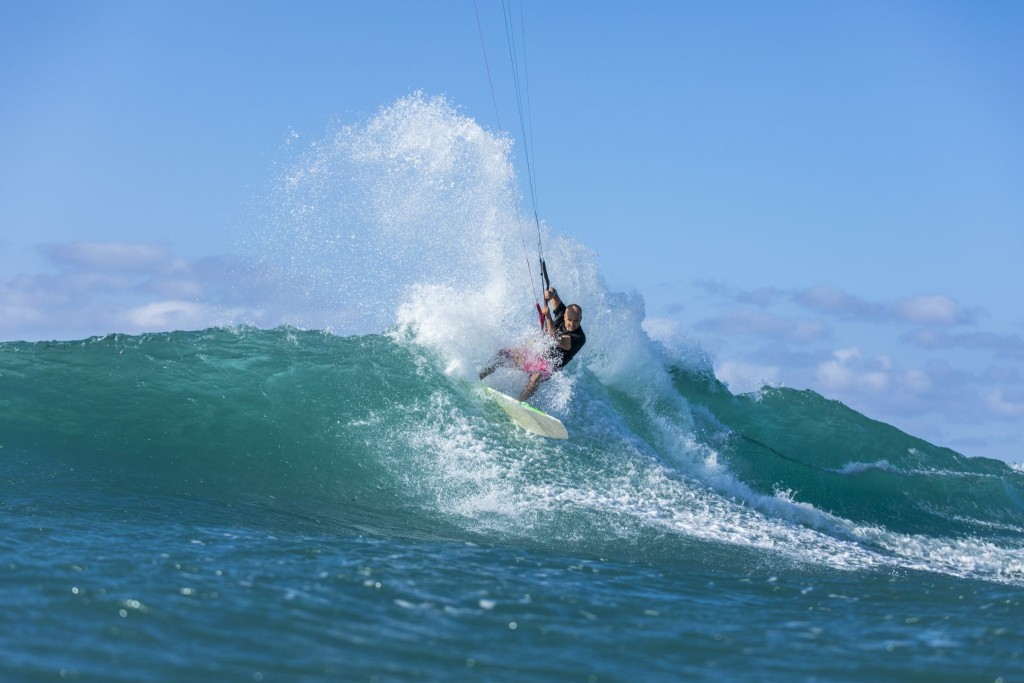
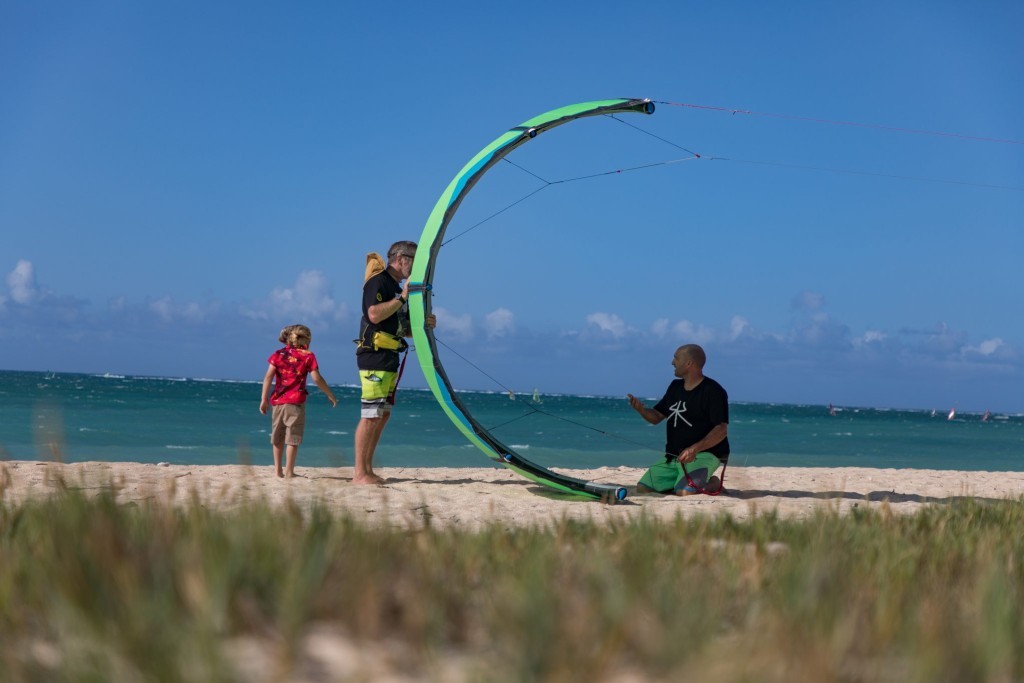



![Best Video of 2024 [Nomination] – Crazy Gusty Winds - Kitesurfing Lanes, Maui](https://i.ytimg.com/vi/sK64a_bBWzs/maxresdefault.jpg)
![Best Video of 2024 [Nomination] – Kitesurfing Tulips](https://i.ytimg.com/vi/xeqbqSKANZE/maxresdefault.jpg)
![Best Video of 2024 [Nomination] – "THE RIVER" - [ Ewan Jaspan x Prolimit ]](https://i.ytimg.com/vi/50n_KsE0KHA/maxresdefault.jpg)


